No products in the basket.
Blog
Identifying Drain Covers
When you are looking to restrict access to an underground inspection chamber/plastic manhole chamber or drainage system, or you simply want to prevent debris, soil, and other items from falling into it, it is important that you select the right type of cover. In addition to providing adequate coverage, a removable lid must also comply with UK health and safety regulations and be manufactured to a high enough standard to ensure that it is fit for purpose.
In this online guide, we aim to help you make the right choice by highlighting the differences between manhole covers, access covers and gully grates so that you can easily identify drainage covers and determine which type you need for the site or area you need to protect.
The first thing to note is that there is a crossover between manhole covers and access covers however whilst, theoretically, all manhole covers are access covers, not all access covers are classed as manhole covers. Lets have a look at why below.
Manhole Covers
As the names suggests, a Manhole cover needs to be large enough for a person to fit through to inspect the chamber. They are protective lids that are installed at the entry points of underground inspection chambers, such as foul and surface water drainage pipe systems and therefore they are most commonly made from heavy, durable materials such as cast iron or galvanised steel to make the hard to remove without specialist lifting tools. This helps to prevent unauthorised access, movement by passing traffic and accidents involving people or animals as well keeping debris from entering the chamber.
If you have a manhole cover which is not closed properly, is not a suitable load capacity or is missing, you could be liable for any resulting accidents that can be related back to this.
In heavy duty areas where an extremely high load bearing capacity is required, such as airport runways, manhole covers it’s not uncommon to see a ductile iron cover in use, which offers excellent wear and impact resistance. Some covers are also produced using heavy duty composite material which is both hard-wearing and highly durable.
Manhole covers are available in circular, square, rectangular, and triangular shapes, as well as a wide range of sizes to suit various applications and environments. Usually located outside rather than inside, some will also feature a manufacturer’s logo and specific markings to enable trade workers and professionals to more easily identify manhole covers and the services that they provide access to.
They are also available with varied load ratings that comply with the BS EN 124:2015 standard for gully tops and manhole tops for vehicular and pedestrian areas. These ratings include:
A15 Load Rating (1.5 Tonnes): Suitable for areas used by pedestrians and pedal cyclists only
B125 Load Rating (12.5 Tonnes): Suitable for footways, pedestrian areas, car parks and domestic driveways
C250 Load Rating (25 Tonnes): Suitable for gully gratings fitted in the kerbside channels of roads
D400 Load Rating (40 Tonnes): Suitable for covers and gratings installed in road carriageways, hard shoulders and parking areas (for all types of vehicles)
E600 Load Rating (60 Tonnes): Suitable for areas with very high wheel loads such as aircraft pavements and loading docks
F900 Load Rating (90 Tonnes): As with the E600 rating, this rating is suitable for areas with very high wheel loads such as aircraft pavements and docks but can handle a higher weight
Installing a manhole cover is a relatively easy process, however it requires a level of experience in using fast-set mortars designed for bedding in ironwork. It involves carefully removing an old frame as well as the cover, and any surrounding material that was used to embed it (which is usually either concrete or tarmac). Once the area has been properly cleared, you should then level it out before bedding in the new frame, backfilling around the frame, and then finally placing the cover in its correct position.
You should note that any type of cover must be installed along with the frame that it has been manufactured with, so if you need to repair a broken cover, you must replace the entire unit – replacing just the cover itself could lead to safety issues by compromising the structural integrity of the cover. This can be especially dangerous in any area where either vehicles or people are likely to travel across the cover. Drain cover failure can also occur when a cover has an insufficient load class for its application, or when the incorrect bedding mortar is used during installation, so always check that the product you are using is suitable for use on ironwork conforming to the BS EN 124 standard.
Access Covers
Access covers are very similar to manhole covers as they are also used to protect openings to specific underground utilities and prevent unauthorised access. Usually located within pavements, driveways, gardens, car parks and footpaths, an access cover is usually installed to conceal access points for electrical wiring and cabling, as well as plumbing, draining, ventilation or heating systems, whilst allowing easy access for maintenance workers.
As access covers are more likely to be positioned near to property in pedestrian and landscaped areas, they are usually manufactured from lighter materials than manhole covers, such as aluminium, steel or a composite. This not only provides adequate load bearing for most applications, but also offers an improved aesthetic which is particularly preferable when they are being installed in locations near or within domestic properties such as a garden or a driveway. Recessed access covers are also available, which are designed to be filled with materials such as granite, tiles and bricks to help them blend in with their surroundings while also providing a concealed access point for necessary maintenance.
Generally, access covers are available in square or rectangular shapes and, as with covers for manholes, they also come in a wide selection of sizes. They are often fitted with lifting keys or hinges that provide easier access where required.
Where access covers are to be installed in high traffic areas, they must also be manufactured in line with the BS EN 124:2015 standard (the same as manhole covers). If your access cover will not be subject to any traffic travelling at more than 20mph, it can be manufactured to the specifications set out in the Fabricated Access Covers Trade Association (FACTA) classification which covers load bearings from 5kN (0.6 tonne) to 237kN (24 tonne).
The method used to install ground access covers may vary slightly depending on the location, style of cover and manufacturer, however in general the process is the same as when installing a manhole cover. This involves levelling out the relevant area, bedding in the cover frame, backfilling around it, and then finally placing the cover in it’s correct position following the specific fitting instructions of the manufacturer.
Gully Gratings
Gully gratings are used to stop large objects, debris, people and animals from entering a drainage system, while also enabling rainwater from the sides of roads and highways to be collected to prevent flooding. They can also stop leaves and twigs from falling into pipework which can cause problems such as underground drainage blockages.
Positioned on top of a road gully, gully grates collect surface water from roads and enable it to be directed into a watercourse, storm drain or a soakaway crates system. Alternatively, they can also be positioned on top of yard gullies which are similar in design but usually much more lightweight as they are not required to withstand the weight of vehicular traffic.
Gully grates – which are sometimes referred to as gully grids – are covered by the same European standard as manhole covers, and come in various sizes with different load bearing capacities, so they can be used for a wide number of applications. Gully grates are usually rectangular, square, or circular with visible slats to enable channel drainage and surface drainage, and are often produced using cast iron or aluminium. Some models also feature captive hinges to reduce theft, and gully grates are extremely easy to fit as most can simply be dropped into place on top of a gully as required. However, if you are unsure on the process you should appoint drainage professionals. You can read more about gully drains in our previously published buyer’s guide.
Commercial Grade Covers
At EasyMerchant we stock various sizes of manhole covers and access covers made from a wide range of materials, as well as a selection of high quality gully grids. All of our products are manufactured by leading brands such as Brett Martin and Eccles, and they meet the required European production standards to give you peace of mind. Many of the products and accessories available via our online store also carry the Kitemark stamp to signify approval from the British Standards Institution.
In addition to supplying commercial grade products, our Customer Service team is also on hand to offer expert guidance and information where needed. If you need further advice on which of our drain cover products you should use to protect your underground utilities or sewer drains, or if you have any installation questions, please do not hesitate to get in touch.
Shop Manhole covers:
Sale!
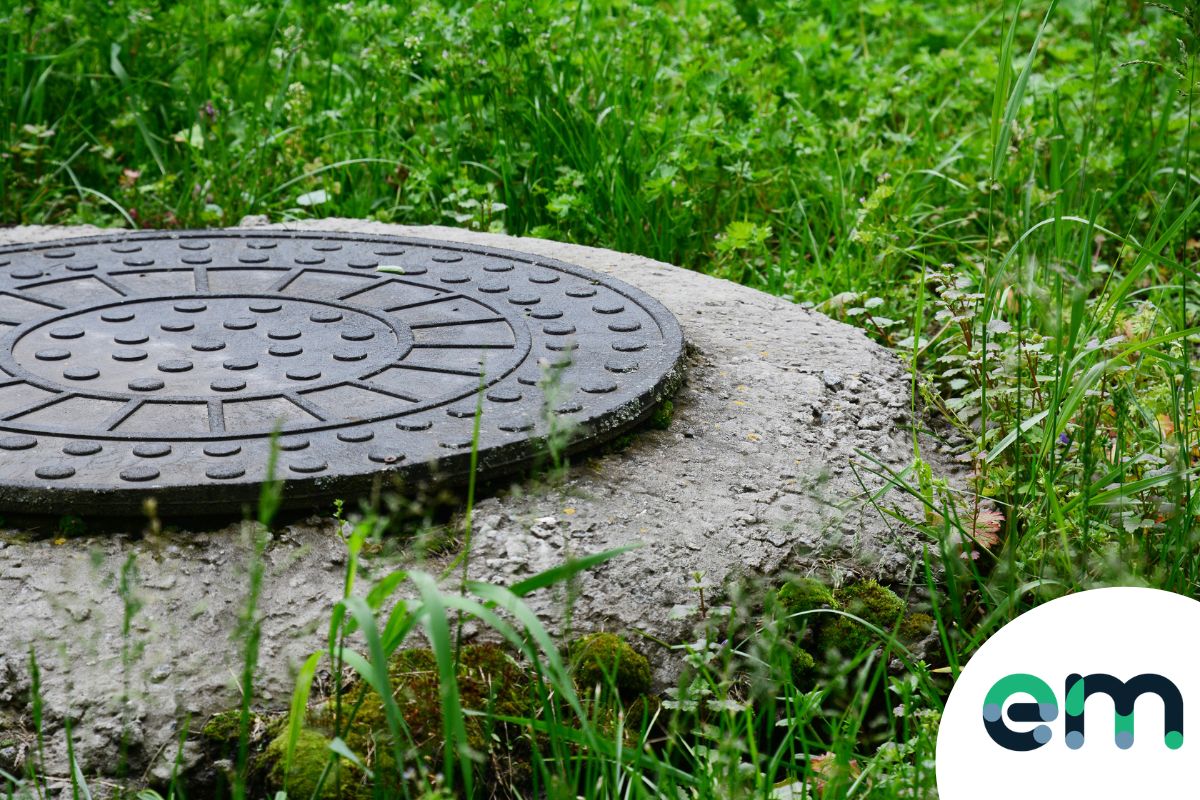
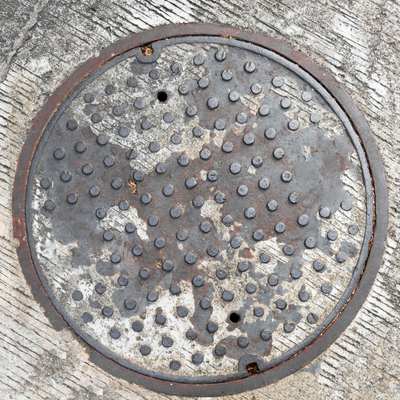
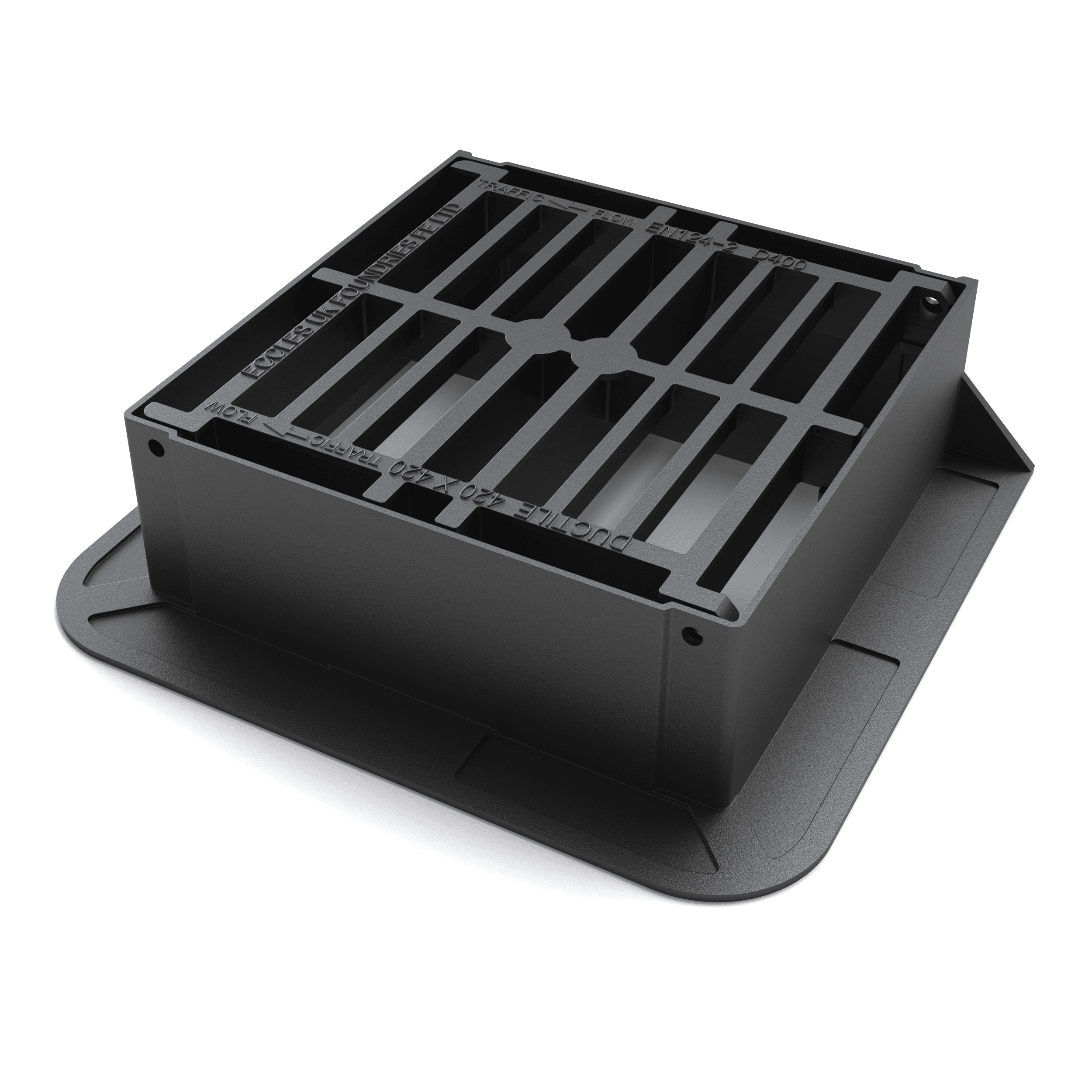
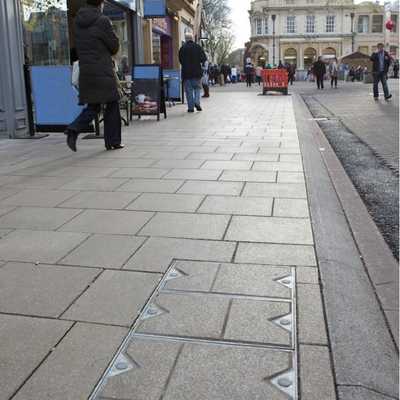
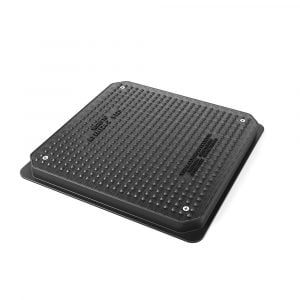
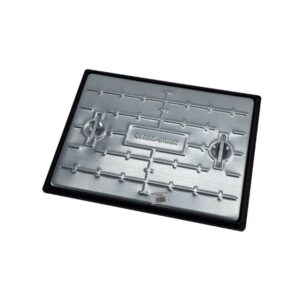
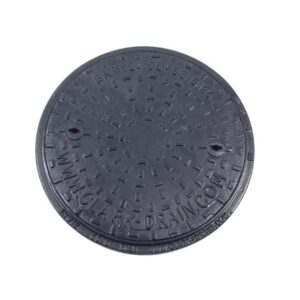
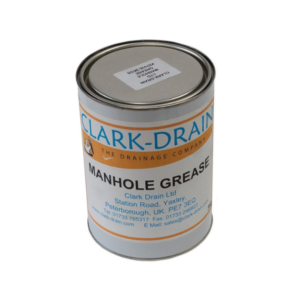
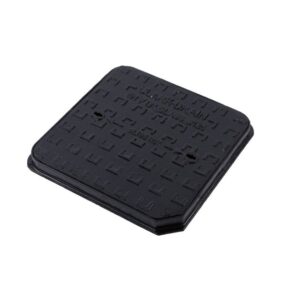
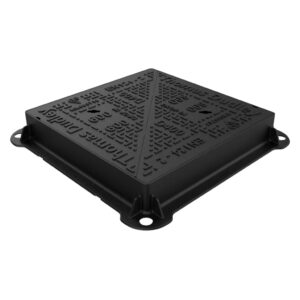
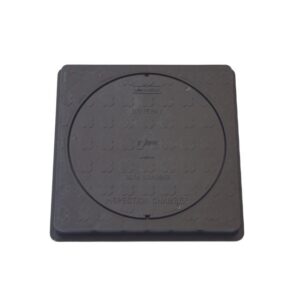
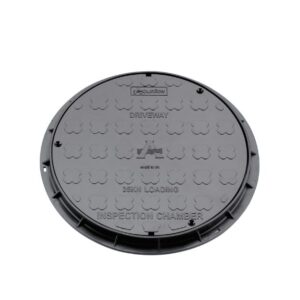
Hi
I wonder if you could help me I have two Victorian Drain covers made and Patented by Sipanoras Iron Works – Self Fastening with a diamter of 14 inches. They are heavily rusted and I can’t removed them. I would like to replace them. Please advise.
Regards Steve
Are you sure it’s not St Pancras Ironworks? If it is, just Google away….
I am trying to find out who owns a manhole cover that has Elpaso on it but the L is an arrow
Really found this incredibly informative! The way you detail the importance of identifying drain covers and their types is impressive. It’s clear, concise, and a fantastic resource for anyone dealing with drainage systems. Great job, keep it up!
I can’t see a reference to the address the effect of sunlight on plastic manholes. Have you any information on the effect of depolymerisation? I am concerned because the failure would be instant, without any any evidence of surface damage.
I’m wondering what is the best way to find out if the manhole cover is for effluent?
I am hoping to buy a house and link up a shower/ Wetroom at the back of the property ground floor for my dad.
The kitchen is at the front- so I imagine that would be the best side to have it- but that doesn’t work for the property.